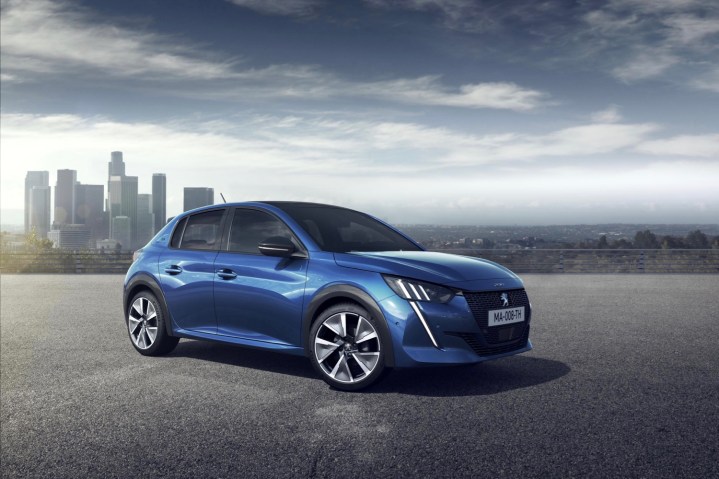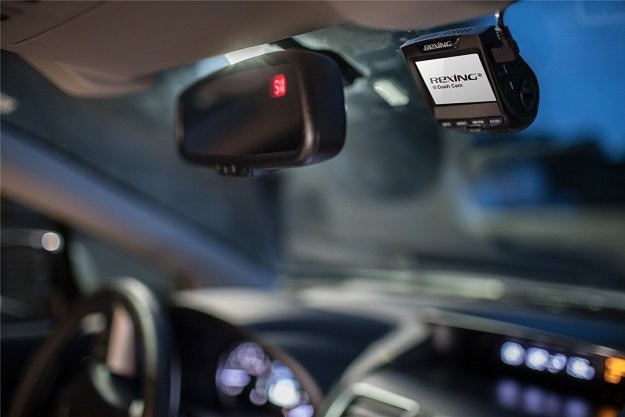
Other than Bugatti hypercars, the Smart Fortwo, and the Toyota Yaris, American drivers haven’t been able to buy a French car in over two decades, but that will soon change. Peugeot will return to North America sometime in the early 2020s, parent company Groupe PSA announced. But can the company — which positions itself as a Gallic alternative to Volkswagen — bring something new and different to the table after all these years away?
Peugeot last sold cars in the United States in 1991, pulling up stakes after that due to low sales. The automaker was primarily known for selling quirky, quintessentially French cars. But over the years, it has evolved into a more mainstream brand with a fairly conventional lineup of sedans, hatchbacks, and crossovers ranging from the tiny 108 city car to the 5008 crossover. Peugeot will likely compete against mainstream brands such as Honda and Toyota in America.
The automaker also has a strong performance background, including many World Rally Championship victories, three 24 Hours of Le Mans wins, and a Pikes Peak International Hill Climb record that only fell last year. However, aside from the 308 GTi hot hatchback, most of Peugeot’s current lineup doesn’t exactly scream “fun to drive.”
Parent company Groupe PSA claims to be focusing on electric cars and autonomous driving, but so far its efforts haven’t matched those of some other automakers. Peugeot’s only current electric car is the iOn, a rebadged Mitsubishi i-MiEV with a short range, small size, and dated design. Peugeot unveiled an all-electric version of its second-generation 208 hatchback at the 2019 Geneva Motor Show. That car should be more competitive, but Peugeot will still be playing catch-up to mainstream electric cars like the Chevrolet Bolt and Nissan Leaf.
An American comeback for Peugeot (or sibling brand Citroën) has been hinted at since at least 2016. The company announced plans for a U.S. headquarters in Atlanta in 2018, and launched a car-sharing service called Free2Move in Washington, D.C. Free2Move currently uses cars from other automakers, and also incorporates bike-sharing.
Peugeot originally planned to return to America by 2026, but company boss Carlos Tavares announced his team could achieve its goal much faster. It could begin sending its cars across the Atlantic in 2023, he told the Wall Street Journal. It’s too early to tell precisely which nameplates Peugeot will sell here, but Tavares told the publication that the firm plans on offering a full line of vehicles to be as visible as possible. There’s no sense in putting together a comeback plan to sell one or two models, he argued. Electrification and connectivity will both play key roles in Peugeot’s offensive.
Groupe PSA did not discuss plans to bring any other brands to the U.S., only saying it will expand Citroën into India and Opel into Russia. Opel is the German brand PSA bought from General Motors in 2017. The current Buick Regal and soon-to-be-discontinued Buick Cascada are both rebadged Opels.
Updated on April 3, 2019: Added details about Peugeot’s comeback plans.



